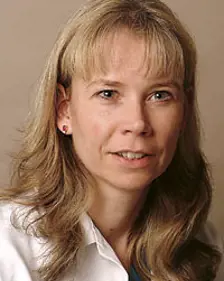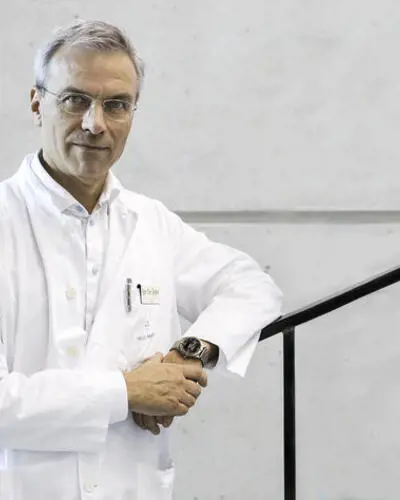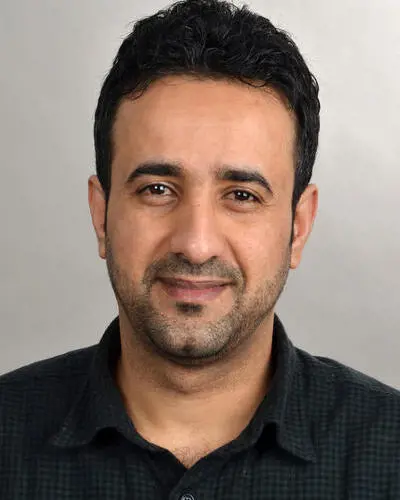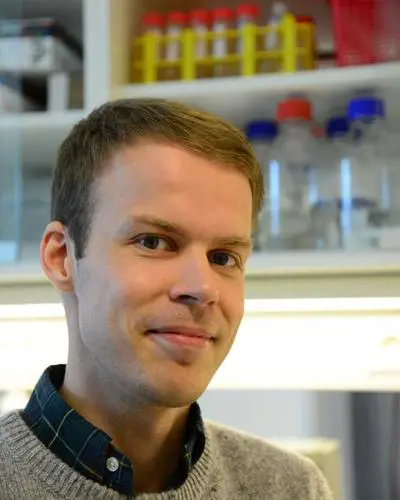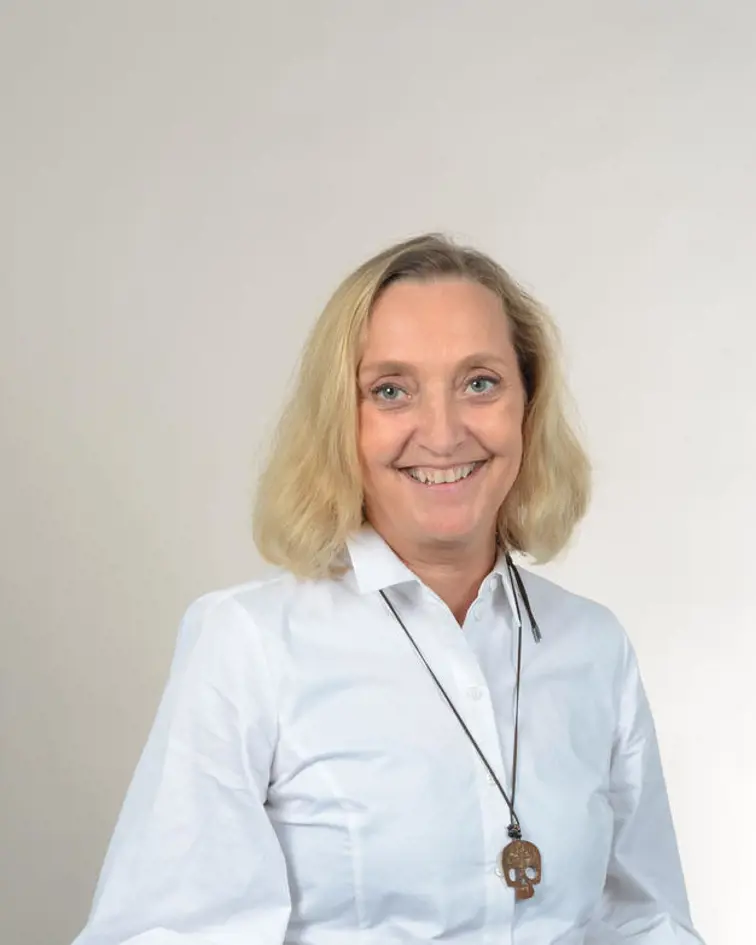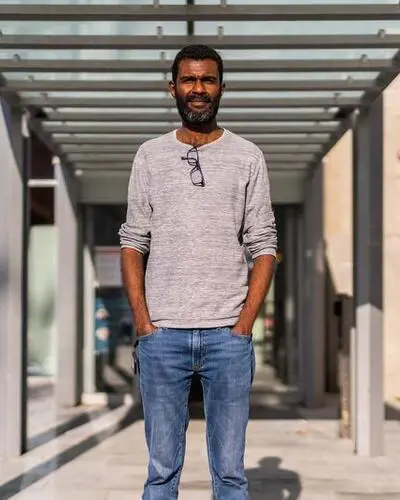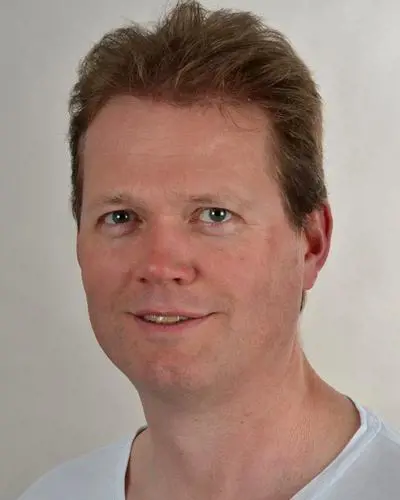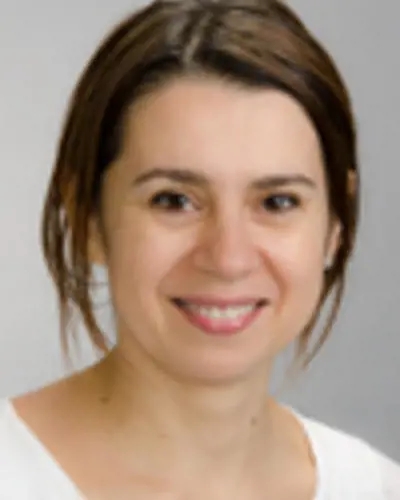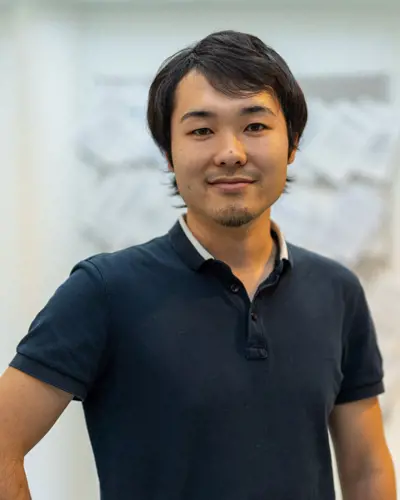OsteoStem
Using stem cells for clinical treatment of osteonecrosis
In the OsteoStem project, led by Kamal Mustafa and Evelyn Neppelberg, the researchers are evaluating the safety and efficacy of stem cells in the treatment of bone defects in patients with osteonecrosis.

Osteonecrosis is a therapy-resistant condition that causes significant discomfort for a large number of patients globally, and that currently has limited therapeutic options. The number of patients taking bone-modulating drugs is increasing, which emphasizes the need for developing reliable treatment options for this growing group of patients. The use of advanced therapy, in the form of cell therapy and tissue-engineered products, has been recently increased and considered as a promising new approach in regenerative medicine. Bone marrow-derived mesenchymal stem cells (MSC) are adult multipotent (stem) cells capable of multi-lineage differentiation and self-renewal. MSCs also have immunomodulatory properties. The potential and value of cell-based therapies have been explored since the early nineties when MSCs were first applied for the regeneration of skeletal tissues. The results achieved in femoral head necrosis have been promising, and our research group, the Tissue Engineering Group, has recently shown successful applications of MSCs for regenerating alveolar bone in healthy patients. Therefore, the purpose of the OsteoStem project is to evaluate the safety and efficacy of MSCs in the treatment of bone defects in patients with osteonecrosis.
The project, led by Kamal Mustafa and Evelyn Neppelberg, will investigate the safety and therapeutic potential of MSCs derived from osteonecrosis patients in treating osteonecrosis. Furthermore, preclinical studies and in-depth evaluation will be performed focusing on the functional and genomic safety characteristics of MSCs derived from patients enrolled in the study in comparison with MSCs derived from healthy patients. The results from the project will improve our scientific knowledge regarding the safety, quality, and efficacy of autologous MSCs, in order to further expand the clinical applications to gradually include an increasing number of patients with different clinical conditions. As a result, the OsteoStem project could have a direct impact on the quality of life of a large number of patients and represents an innovative new therapeutic approach compared to the currently available therapies.
Project participants
Last updated 7/4/2024

